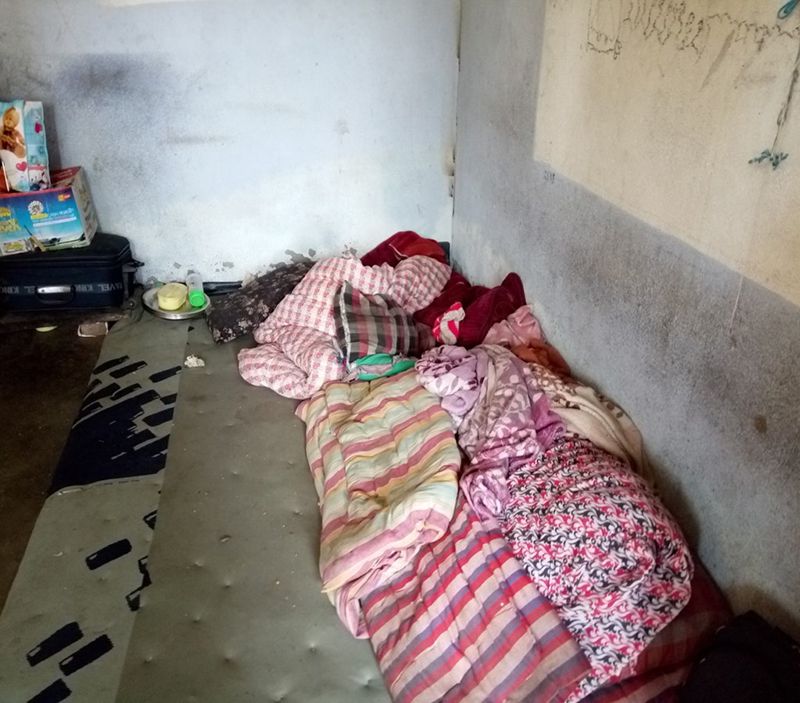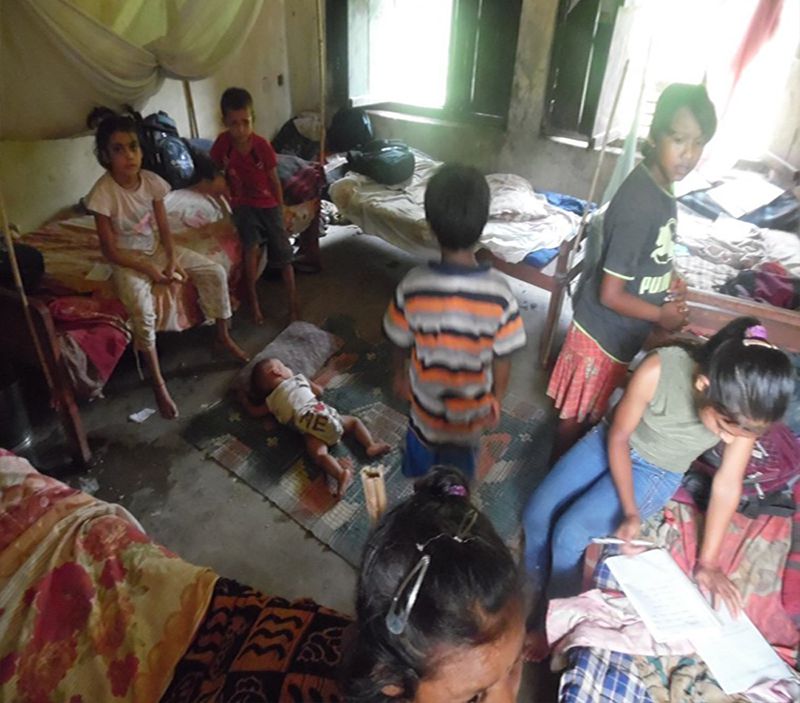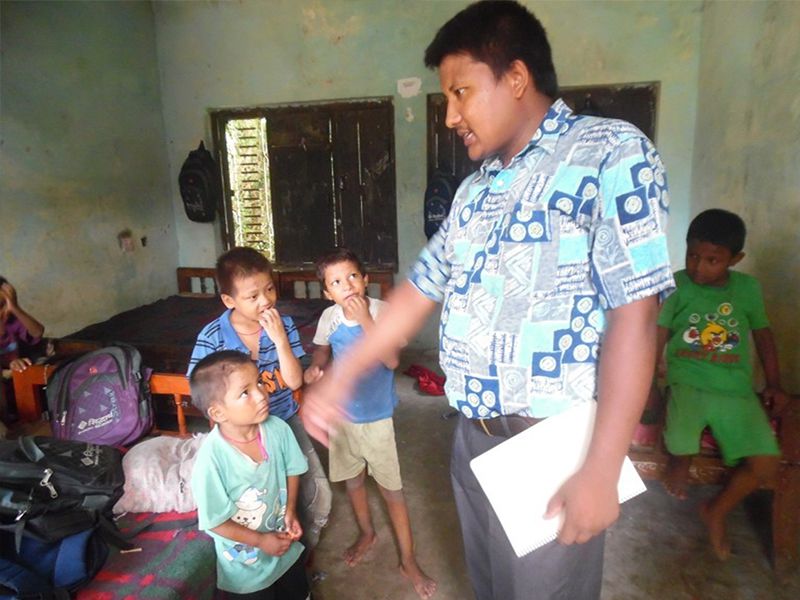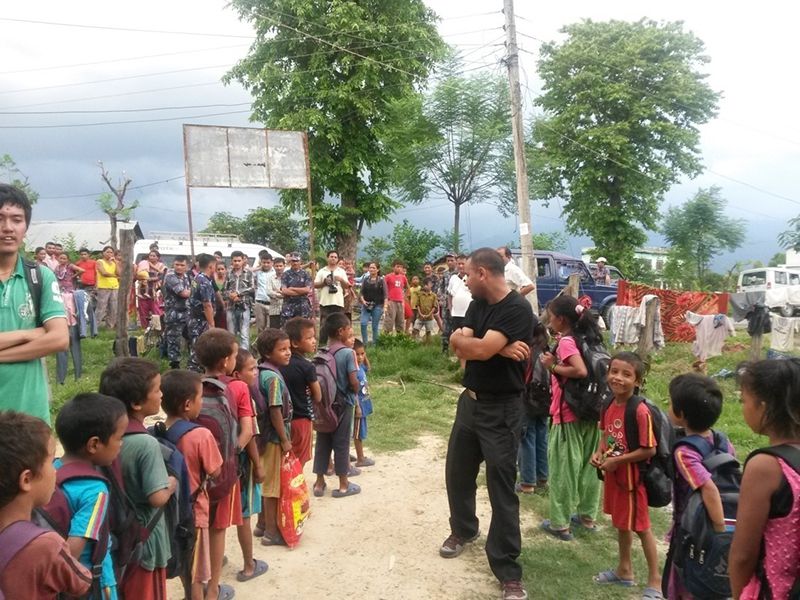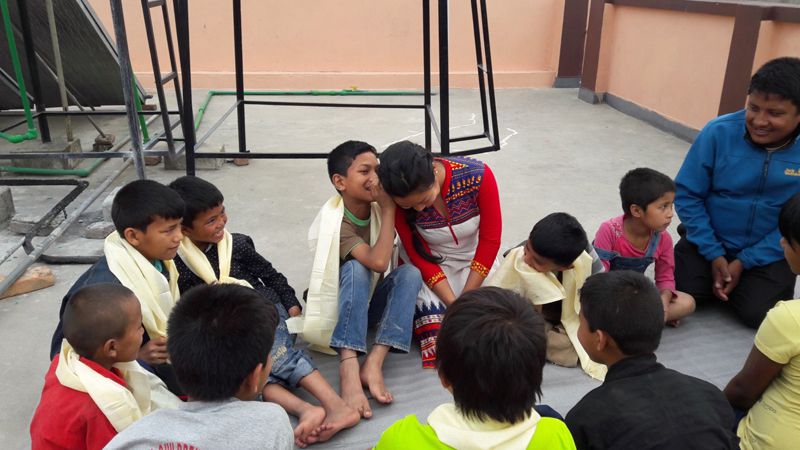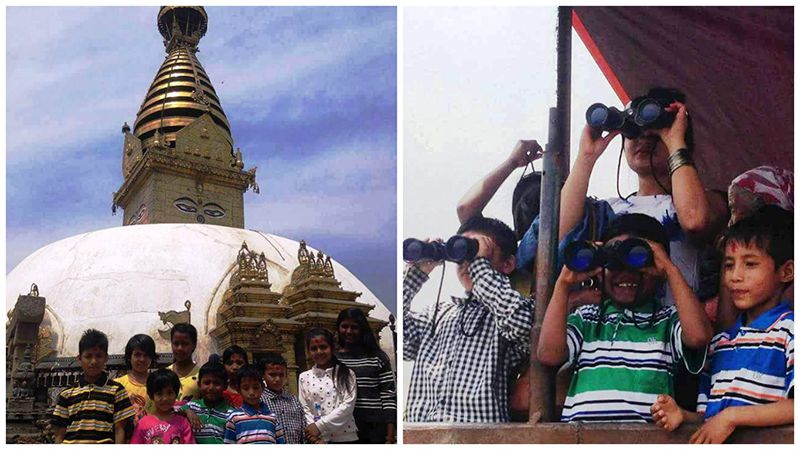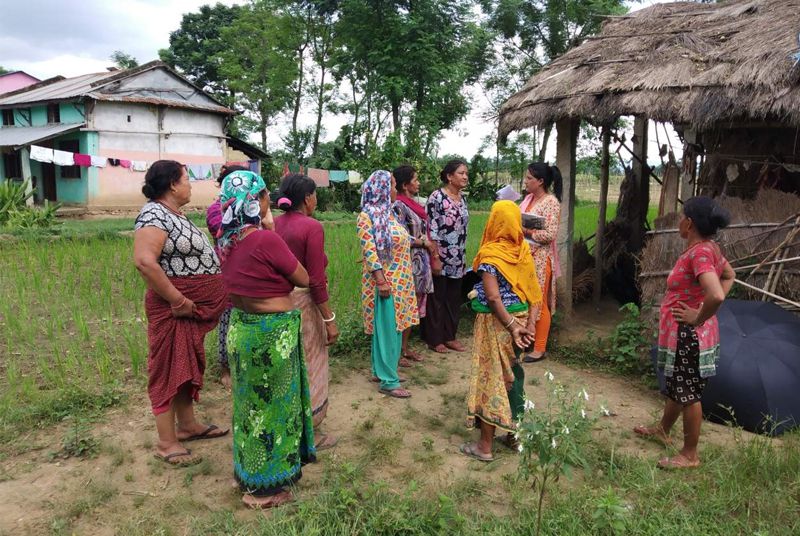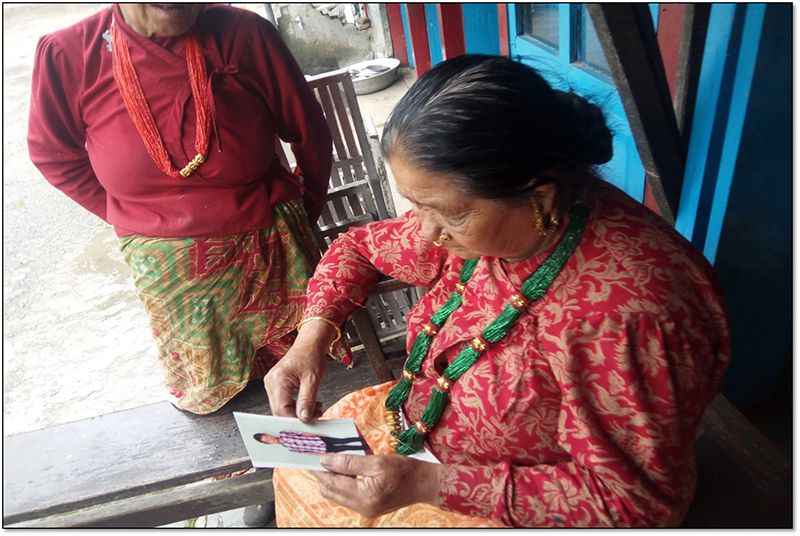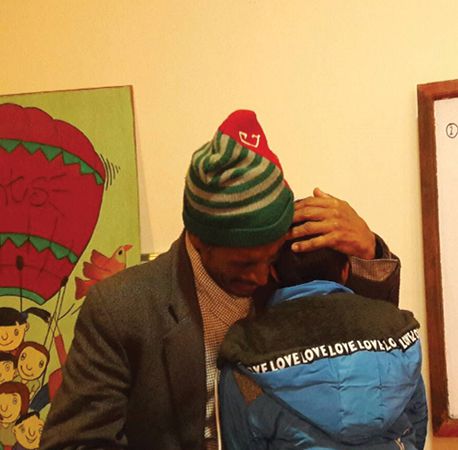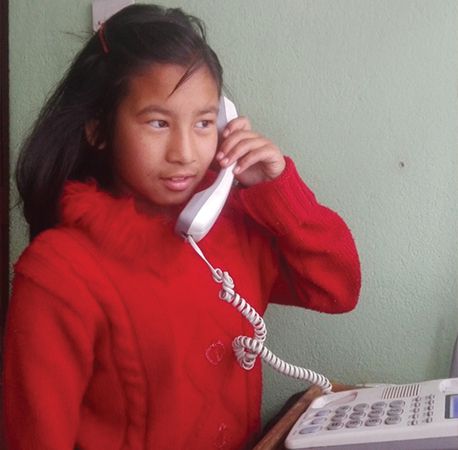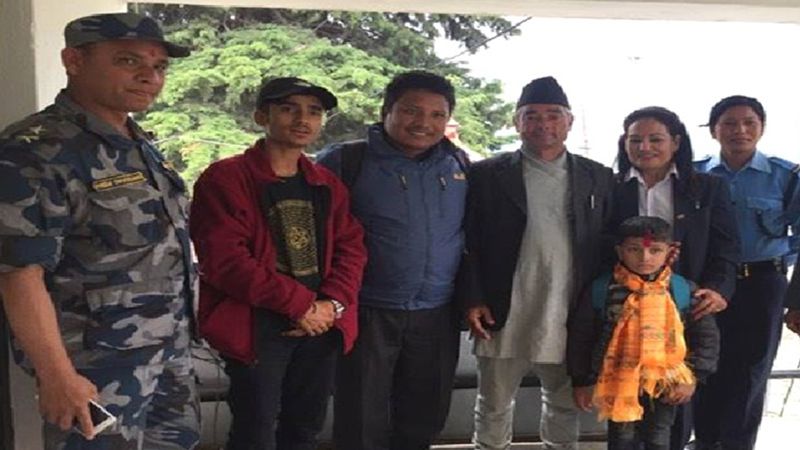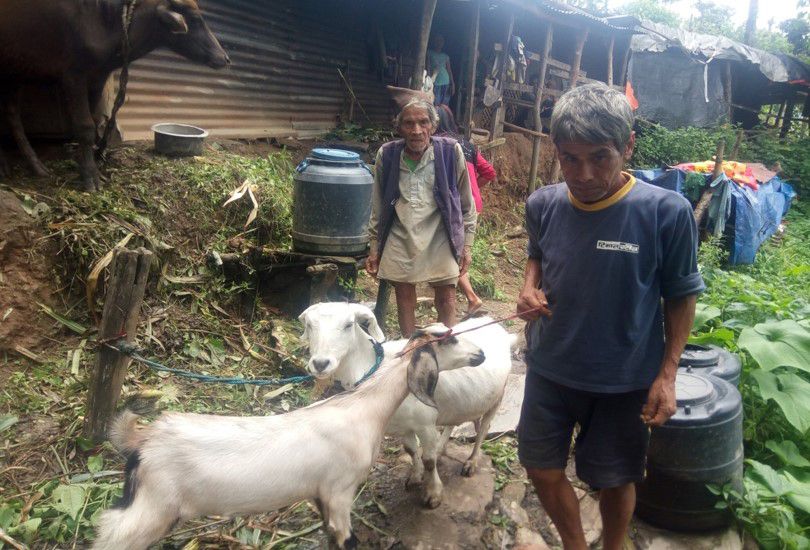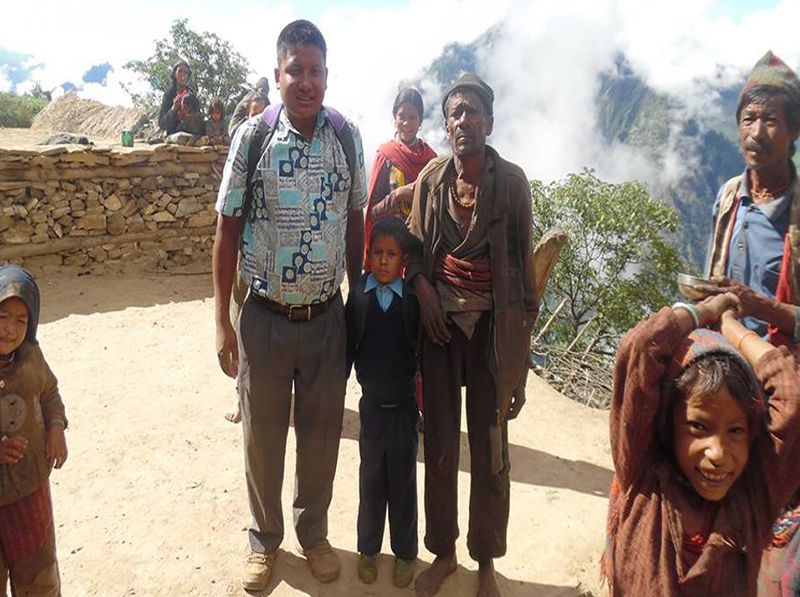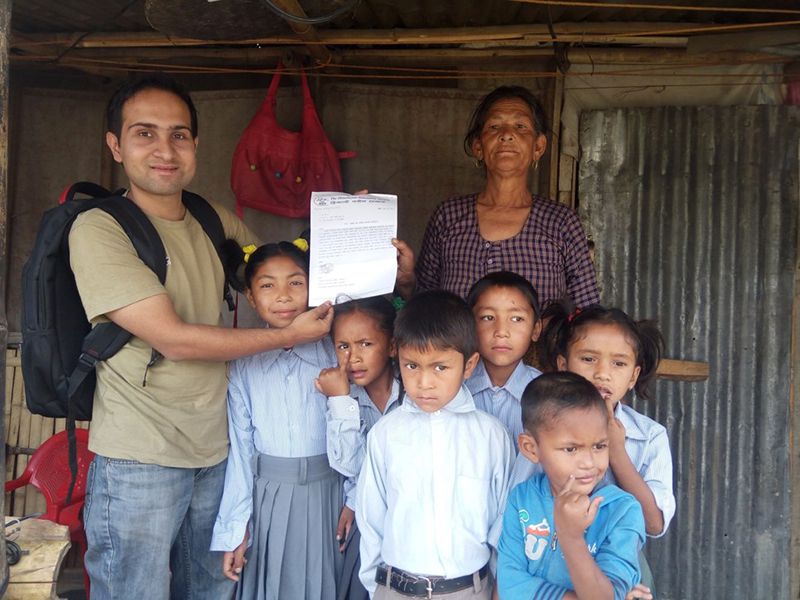The Himalayan Innovative Society works in the areas of rescue, transition and reintegration in following 8 steps:
Report and assessment of abusive institutions:
- Any local residents when witness continued abuse on children residing in the institutions,
- Evidence of non-registration during Government monitoring visits,
- Non-compliance to the minimum standard of operation as per Standard of Operation and Management of Child Care Homes 2012,
- Registered institutions but not renewed for several years.
REScue / Transition:
- After the government gives time for abusive institutions to improve for certain time, if the institutions don’t come under government rules, the government shuts down the institutions and rescues the children.
- THIS provides technical help to orphanages, institutions those who want to go through reintegration process.
Transitional care and rehabilitation:
- After children come to our transit home we provide transitional care and rehabilitation:
- Welcome new family member in our TRANSIT HOME,
- Fulfill the immediate basic needs (food, clothes and shelter);
- General medical checkups in transit home by our health worker.
- Full health examination from hospital;
- Psychosocial support as per need.
Trust building with children:
- Play games (Indoor and outdoor), Spend time with children
- Organize outing program, Dancing and Singing
- Watching movies together
- Experience sharing and Group discussion
- Non-formal Education Classes
- Art and drawings
Creating Basic Profile of Children on the basis of available documents and information from children by following techniques:
- Individual interview
- Sentence completion test (SCT)
- Story writing
- Drawings (life tree diagrams)
- Games
- Behavior observation
- Give attention and value to the children
- Nonjudgmental response to the children
- Listen to children and respond
- Tell the truth to the children
Family Tracing and Assessment:
During our Family tracing and assessment we consider the following things:
- Family living situation and their life style observation
- Economic condition (Daily income, monthly income, yearly income, Occupation, loan, and family job)
- Other income resources
- Genetic property (Land, house, fixed assets and others)
- Yearly food production of land
- Family education background
- Livestock in their house
- Family genogram of biological family.
- Interview with villagers and local government body.
- Linkage with local organizations and collect information.
- Distance from the house to the school, market, health post, police station and local ward office.
- Caste living into the community.
- Reason of institutionalization of child and years of separation.
- Current problem of the family.
- Family genogram (Paternal and maternal).
- Family counseling on advantages of keeping families together approach for the family reunification.
Family Reconnection:
Physical Reconnection:
- Reconnection meetings in office with family and child.
- Temporary reconnection visits to family of child during holidays and festivals with temporary guardianship transfer
Remote Reconnection:
- Social worker facilitate telephonic conversation between children and families
- Exchange of letters and pictures
- Exchange of videography and audio
- Facilitate video call from the field if possible.
Family Reunification:
THIS team follows the following things for Family Reunification:
- Prepare individual child care plan of each children.
- Determination of reunification support based on family assessment.
- Ensure safety and security of the children in the family.
- Provide psychosocial support to the child and family.
- Empower child on child rights, child abuse, and harms of child marriage, importance of families, importance of education and how to be protected from abuse & raise voice against any kinds of abuse.
Family Reunification legal process:
- Formal agreement between THIS and guardian.
- Coordination with government bodies (District level/Village level).
- WDO/CPO, Ward president as witness in permanent legal guardianship transfer document.
Monitoring and Support:
THIS team considers the following things during Monitoring and support:
- Observe adjust mental situation of child.
- Get families view towards reunified child and child’s view on family.
- Individual interview with child and family.
- Get villager’s view on relationship between reunified child and family.
- Facilitate conducive environment between reunified child and family.
- Identify if there is any misunderstanding between child and family and clear in friendly way.
- Collect self-reporting of child in terms of how he/she has been feeling in the family.
- Provide psychosocial support to the child and family and refer to the professional counselor if required.
- Linkage the family with the Municipal, Rural Municipal, local ward office, local organizations, Youth clubs and mother groups.
- Delivery of reunification support (Education, food, health, shelter, clothes, vocational training and IGA)
- Meet with school teachers and assess educational performance.
- Sensitize family, community people, school teachers and local people on child rights, child abuse, harms of child marriage, importance of family, importance of education etc.
Case Closure:
- Case conference and case review meeting.
- Get written consent from child and family for the case closure.
- Submit case study report to the Central level, district level and local level government bodies along with organization official letter.
- Get case closure official letter from Municipal or local ward office.
- Inform to school, Parent teacher’s association, village child protection committee, neighbors, and local organizations on case closure about exit of organization from the case.

